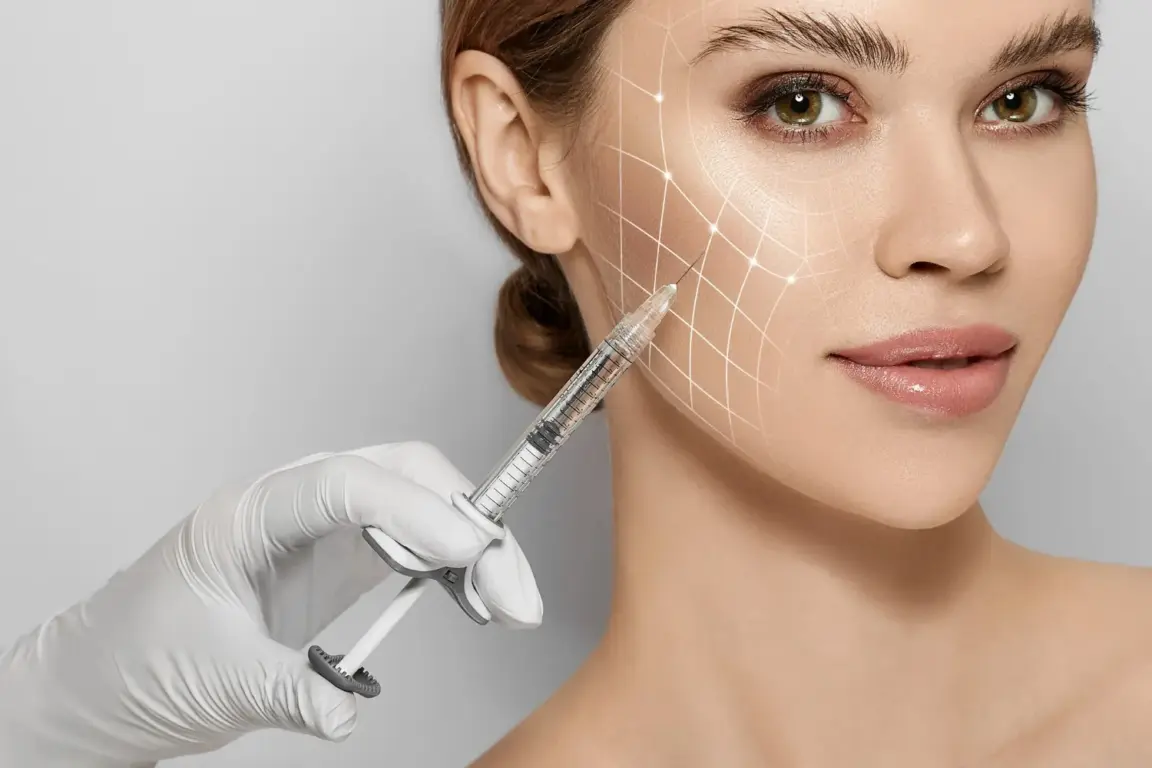If you’re one of the many men dealing with excess fat or glandular tissue in the chest area, you’re not alone. Gynecomastia—commonly referred to as enlarged male breasts—is more common than most people think. It can affect teenagers and adults alike and often brings emotional stress, embarrassment, and limitations on lifestyle.
Fortunately, male breast reduction surgery offers a safe and lasting solution. This blog covers what the procedure involves, why more men are opting for it, what recovery looks like, and who is a good candidate. Whether you’re exploring treatment for the first time or doing deeper research, this article will help you understand your options.
What Is Male Breast Reduction?
Male breast reduction is a cosmetic surgical procedure designed to treat gynecomastia by removing excess fat and glandular tissue from the chest. The goal is to create a flatter, firmer, and more contoured male chest.
Depending on the severity of the condition, treatment may involve:
- Liposuction to remove fatty tissue
- Surgical excision for dense glandular tissue
- A combination of both methods
The procedure is usually done under general anesthesia or local anesthesia with sedation. Most patients return home the same day and experience minimal scarring.
Benefits of Male Breast Reduction
Choosing male breast reduction can significantly improve both physical and emotional well-being. Some of the benefits include:
Improved chest contour: Achieve a more masculine and defined upper body
Increased confidence: Feel more comfortable in fitted shirts, swimwear, or shirtless
Better posture and comfort: Less weight on the chest may lead to improved posture
Freedom from physical discomfort: Eliminate skin irritation and chafing
Long-lasting results: Once the tissue is removed, recurrence is rare if body weight is maintained
These benefits explain why many men seek male chest contouring as part of their personal or fitness goals.
Who Is This Best For?
Not every man with extra chest fat necessarily needs surgery, but for many, it’s the most effective route. The ideal candidates for gynecomastia surgery include:
- Healthy men experiencing persistent breast enlargement despite weight loss
- Teenagers with stabilized hormone levels and no ongoing growth
- Men who feel self-conscious or restricted by their chest appearance
- Those who avoid activities like swimming or sports due to embarrassment
Men considering the procedure should not smoke and must have realistic expectations. A consultation with a board-certified surgeon can confirm eligibility.
What to Expect (Process, Timeline, Results)
Understanding the treatment process helps reduce anxiety and ensures you’re prepared at every stage:
Before the Procedure
- A consultation will determine if you’re a good candidate
- The surgeon will assess tissue composition—fat vs. glandular—using physical exams and sometimes imaging
- You’ll receive preparation instructions, including stopping certain medications
During the Procedure
- Anesthesia is administered (general or local with sedation)
- Small incisions are made around the areola or under the chest
- Liposuction, excision, or both are used to remove excess tissue
- Drains may be placed to prevent fluid buildup
After the Procedure
- Expect mild soreness and swelling for a few weeks
- Drains are typically removed after 3–5 days
- A compression vest is worn for up to 6 weeks to support healing
- Most patients return to work within a week
- Light exercise may resume after 3 weeks, with full activity around 6 weeks
Your surgeon may recommend transitioning to a compression tank top at week three if healing is on track.
For examples of outcomes, check male breast reduction before and after photos during your consultation.
Lifestyle Tips After Surgery
Maintaining your results after male breast reduction isn’t complicated, but it does require a few smart habits. Once you’ve recovered and resumed daily activities, these tips can help support a more defined and healthy chest:
Maintain a stable weight: Fluctuating weight can cause fat to redeposit in the chest area.
Stay active: Regular strength training and cardiovascular exercise help keep your chest lean and toned.
Watch hormone levels: If your gynecomastia was caused by hormone imbalance, work with your physician to monitor any recurring signs.
Avoid performance-enhancing drugs and excess alcohol: Substances like anabolic steroids and heavy drinking can contribute to glandular regrowth.
Keep follow-up appointments: Routine post-surgical visits help ensure your chest is healing as expected.
Following these lifestyle habits makes it easier to preserve the physical and psychological benefits of your procedure long-term.
FAQs About Male Breast Reduction
Is male breast reduction permanent?
Yes. As long as your weight remains stable and you avoid hormone fluctuations or certain medications, the results are typically long-lasting.
Will there be visible scars?
Surgeons aim to keep scars discreet, often placing them around the areola or in natural chest creases. Over time, scars usually fade significantly.
Is male breast reduction painful?
Mild soreness and swelling are expected, but pain is usually managed well with prescribed medication.
Can exercise alone fix gynecomastia?
Exercise can reduce fat, but won’t eliminate glandular tissue. That’s why many men turn to surgical treatment for gynecomastia for effective and permanent results.
How much does it cost?
Costs vary depending on the extent of treatment and the provider’s experience. During a consultation, you’ll receive a full cost breakdown based on your needs.
Ready to Make a Change?
Men dealing with gynecomastia often spend years adjusting their wardrobe, avoiding pools or gyms, or brushing off the discomfort, physical and emotional. If this sounds familiar, there’s no need to keep settling for less than confidence.
At The Aesthetic Center, male breast reduction in Bismarck, ND, is performed by our team with discretion , experience, and patient comfort in mind. Whether you want to reclaim a more contoured chest or simply stop feeling held back, this is a step worth considering.
Get a Personalized Treatment Plan and learn what’s possible with a simple, safe procedure that aligns with your goals.




